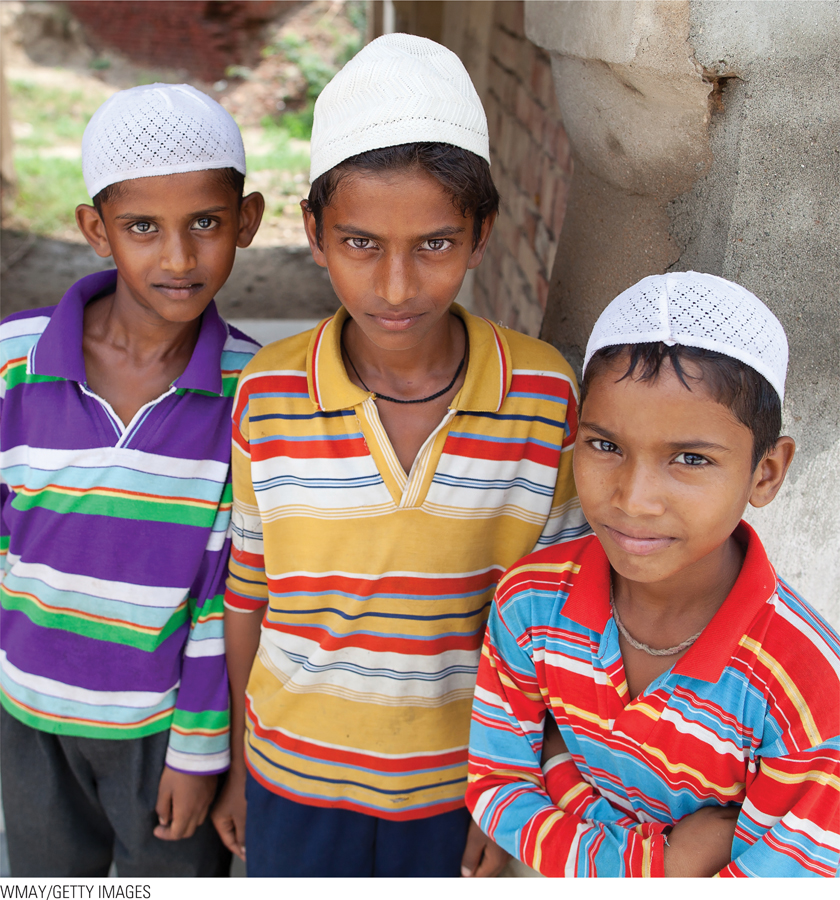
What Will You Know?

What helps some children thrive in a difficult family, school, or neighborhood? Resilience has been defined as “a dynamic process encompassing positive adaptation within the context of significant adversity.” The social context, especially supportive adults who do not blame the child, is crucial. In general, a child's interpretation of a family situation determines how it affects him or her. Religious faith can be crucial in helping children cope because it provides hope and meaning.
Should parents marry, risking divorce, or not marry, and thus avoid divorce? The legal status of the parents is not the most important factor. Instead, it is the stability that parents can provide that is critical. Marriage should be entered into slowly and carefully, and couples need to work to keep their relationship strong. If a divorce is the only solution to a troubled marriage, parents need to minimize transitions and strive to maintain the child's relationship with each parent.
What can be done to stop a bully? Most victimized children find ways to halt ongoing bullying by ignoring, retaliating, defusing, or avoiding. Friends can defend each other and restore self–esteem. The school community as a whole needs to change. When the school climate encourages learning and cooperation, children with high self–esteem are unlikely to become bullies. If peers within a school are encouraged to notice bullying and to empathize with the victim and learn to stop admiring the bully, this aggression decreases.
When would children lie to adults to protect a friend? When child culture conflicts with adult morality, children often align themselves with peers. Peer values may outweigh adult values. There are three moral imperatives in middle childhood: Protect your friends; don't tell adults what is happening; conform to peer standards of dress, talk, and behavior.
|
-
-
Shared and Nonshared Environments a view from science: “I Always Dressed One in Blue Stuff…” Family Structure and Family Function a view from science: Divorce Connecting Family Structure and Function a case to study: How Hard Is It to Be a Kid?
-
Popular and Unpopular Children
-
|


